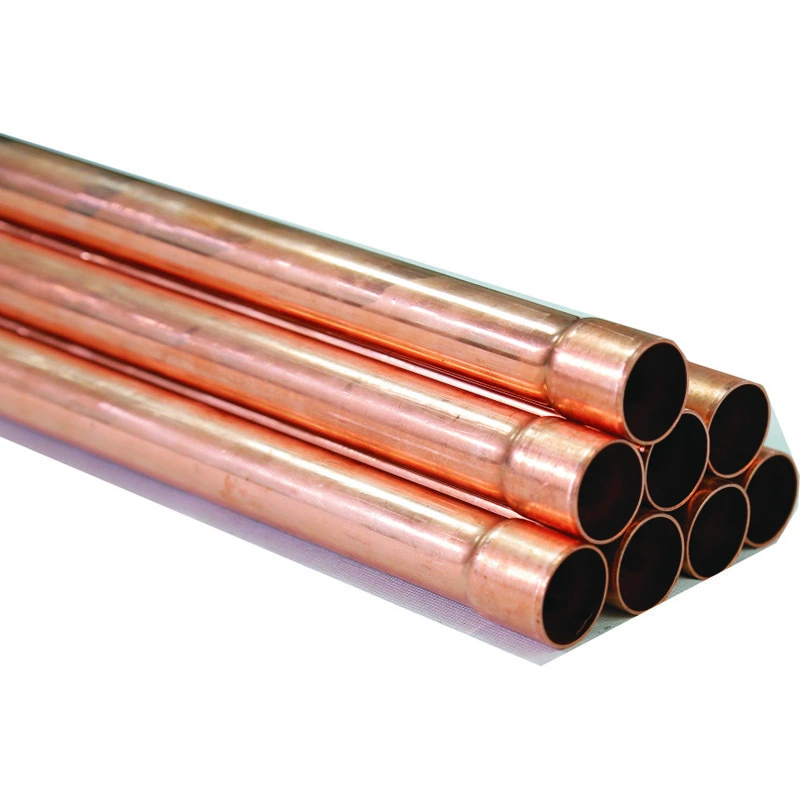How to Choose the Right Medical Copper Tube for Your Facility
2024-12-26
Selecting the right medical copper tube is crucial for building a safe and efficient healthcare infrastructure. With various types, sizes, and specifications available, understanding the key factors can simplify the decision-making process.

Step 1: Understand the Types of Copper Tubes
1. Type K: Thick-walled tubes suitable for high-pressure applications, often used in underground medical gas lines.
2. Type L: Medium-walled tubes commonly used for medical gas systems within buildings.
3. Type M: Thin-walled tubes used in non-critical systems or applications with low pressure.
Step 2: Check Compliance with Standards
Medical copper tubes must comply with international standards for safety and performance:
- ASTM B819: Ensures the tube is cleaned, degreased, and suitable for medical gases.
- ISO 7396-1: Covers the design and installation of medical gas pipeline systems.
Step 3: Choose the Right Size
Copper tubes come in various diameters, measured by their nominal size. Selecting the correct size ensures optimal flow rates and system efficiency. For example:
- Small-diameter tubes are suitable for localized systems.
- Larger-diameter tubes are required for central gas distribution.
Step 4: Consider Surface Treatments
- Inner Surface Cleanliness: Tubes should be free of contaminants to prevent clogging or gas impurities.
- Antimicrobial Coatings: Enhance the natural antimicrobial properties of copper.
Step 5: Evaluate Installation Requirements
- Flexibility: Soft copper tubes are easier to bend and are ideal for complex installations.
- Hardness: Hard copper tubes are rigid and better suited for straight pipeline systems.
Maintenance Tips for Longevity
- Regular Cleaning: Prevents buildup and ensures consistent flow.
- Leak Testing: Detects and addresses any potential issues early.
- Proper Storage: Protects tubes from damage or contamination before installation.
Conclusion
Investing in high-quality medical copper tubes ensures the safety and efficiency of healthcare systems. By understanding your facility’s needs and adhering to industry standards, you can build a reliable infrastructure that supports critical medical functions.
---
Let me know if you’d like to expand on any sections or explore additional topics!


